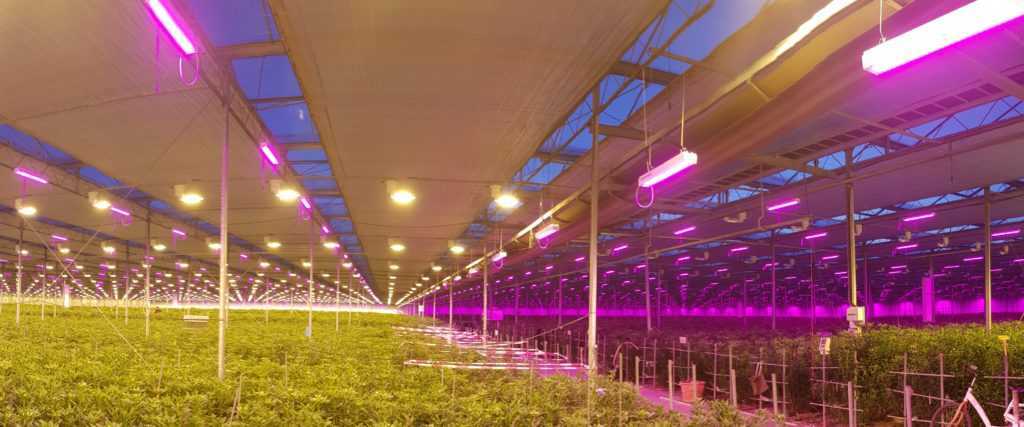
One of the hurdles that LED growers face is trying to equate their new, efficient lighting to systems and theories that were developed under traditional light sources. LED grow lights have very little in common with the sun, high pressure sodium, or fluorescent lighting. This misunderstanding has been amplified over the last two years by LED plant lighting companies marketing arrays using product descriptions such as “replaces 400 watts of HPS.” This kind of statement is incredibly misleading and implies one can simply switch out an HPS with an LED array and expect the same results regardless of the application.
The rhetoric has become so popular that growers have come to expect manufacturers to rate their led grow lights in the number of watts of HPS they replace. The fact is there is no scientific basis for a direct comparison to HPS. This isn’t to say you can’t replace HPS with LEDs- just that they are two completely different light sources with their own measurement variables and characteristics. Simply switching out the lighting systems will not give the same results. On that note, commercial growers, scientists, and educators basing their projects or utilizing methods developed through research under HPS or fluorescent lighting, should expect different results under LEDs.
The difference with the most profound effect would be temperature. The majority of research available on the effects of manipulating photoperiod or light intensity is based on a radiant (hot) light source such as HPS or the sun. Up to 80% of the light emitted from an HPS lamp is emitted as heat. With this in mind, HPS studies are not only manipulating the light, but manipulating temperature within the plant canopy. If you replace an HPS with a well made LED array you are able to provide more quality wavelengths but you have also eliminated the radiant heat by removing the HPS. It stands to reason that the outcome will not be the same.
To illustrate this point, let’s look at numbers from a strawberry greenhouse in New Zealand running HPS on one side and LED Grow Master LEDs on the other. The greenhouse uses climate controls to regulate the temperature, but even with these controls in place there is a stark contrast between temperatures beneath the HPS lighting and those under the LEDs. Mr. Kolovos states, “When the lights come on (6:00am) the area under the HPS lights is almost immediately brought up to max temp whereas that doesn’t happen in the rest of the greenhouse until about 10:00am. Similarly, that temp is maintained under the HPS lights until 9:00pm when they are switched off whereas the temp under the LEDs drops off at about 4:00pm.”
Clearly, there is a significant difference between the two light sources. The LEDs do exactly what they are meant to do which is supply quality light, using very little energy, with a lifetime of 10-20 times longer than traditional light sources. In the case of the greenhouse above, heat will need to be supplemented in the morning and evening on the LED side while they are forced to pay for the heat emitted by the HPS for the entire photoperiod. It is far more efficient,cost effective, and environmentally friendly to add heat only when it is needed. This is a distinct advantage for LED grow lights.
In conclusion, while an LED array won’t “replace” an HPS much like the apple does not replace the orange, LEDs do provide a good alternative. By accepting the inherent differences between HPS and LEDs we can overcome the confusion created trying to fit LEDs into the HPS box, and start accepting LEDs on their own merits.
AUTOPOST by BEDEWY VISIT GAHZLY

